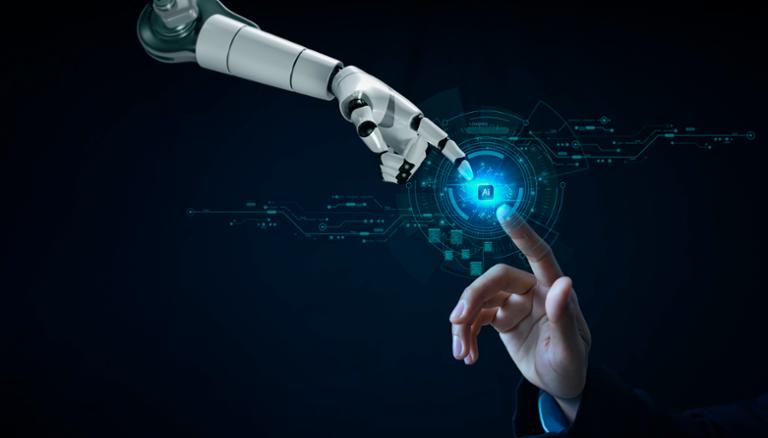
The rise of generative A.I. has many tech professionals worried about keeping their jobs. But what if A.I. frees up tech pros to run lucrative side gigs… or even work two full-time jobs simultaneously?
A new study by Morgan Stanley (hat tip to Business Insider for the breakdown) suggests there’s a rise in the number of people working multiple jobs. “The advent of cheap or free and rapidly democratized access to generative A.I. tools,” that paper added, could generate as much as $83 billion of the $400 billion in income expected from multiple jobs by 2030. More optimistic predictions place the income from multiple jobs at $1.4 trillion by the decade’s end, with A.I. responsible for a sizable $300 billion slice.
Morgan Stanley cited programming, content creation, and graphic and web design among the jobs potentially impacted by this trend, along with non-tech jobs such as tutoring, affiliate marketing, and e-commerce dropshipping.
Generative A.I tools such as ChatGPT and Meta’s Llama 2 will write and debug code. That could free up engineers and developers to focus their time and energy on the more creative aspects of their jobs, such as ideating new features. As these tools become more sophisticated, of course, the time savings could allow tech professionals to radically adjust their workflows—and perhaps focus more on their side gigs, personal projects, or even a second job.
Whatever your role in tech, it’s also important to understand how A.I. and machine learning actually work and how they might evolve. According to a recent report from consulting firm McKinsey, Technology Trends Outlook 2023, anyone interested in A.I. should familiarize themselves with the following:
These technologies will power increasingly powerful tools such as low- and no-code platforms, infrastructure-as-code, and advanced microservices. What will you do with the time these new tools will free up?


